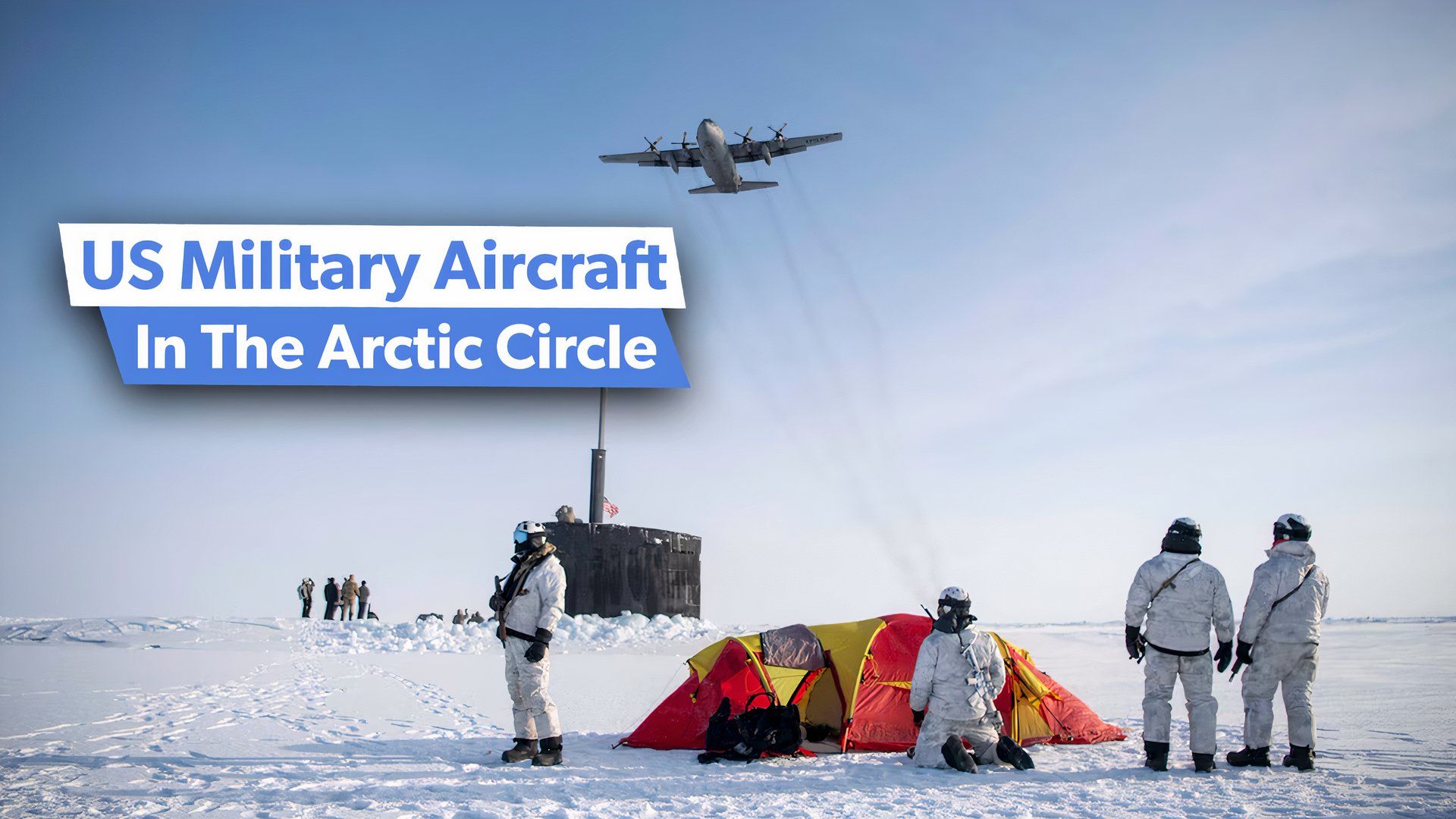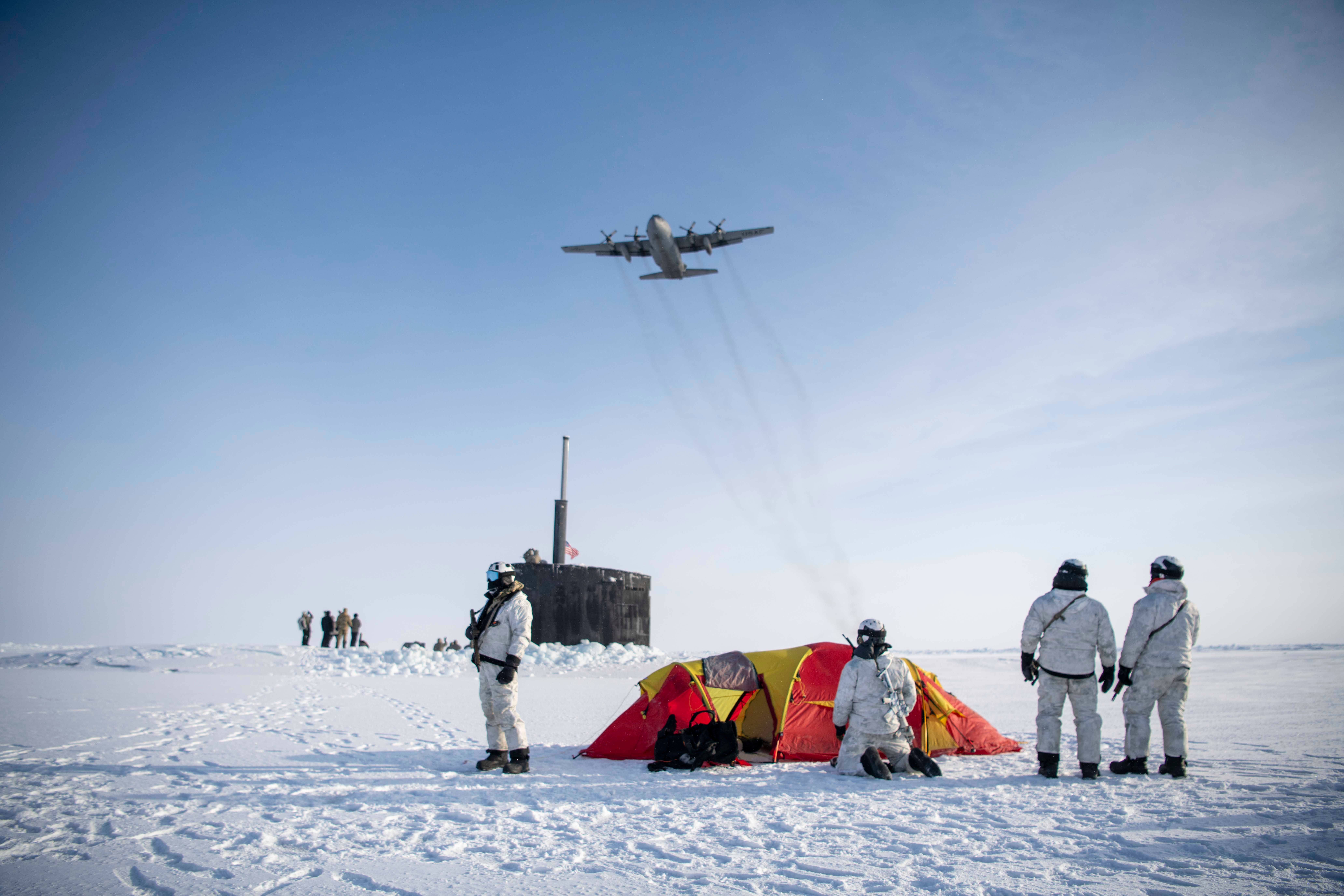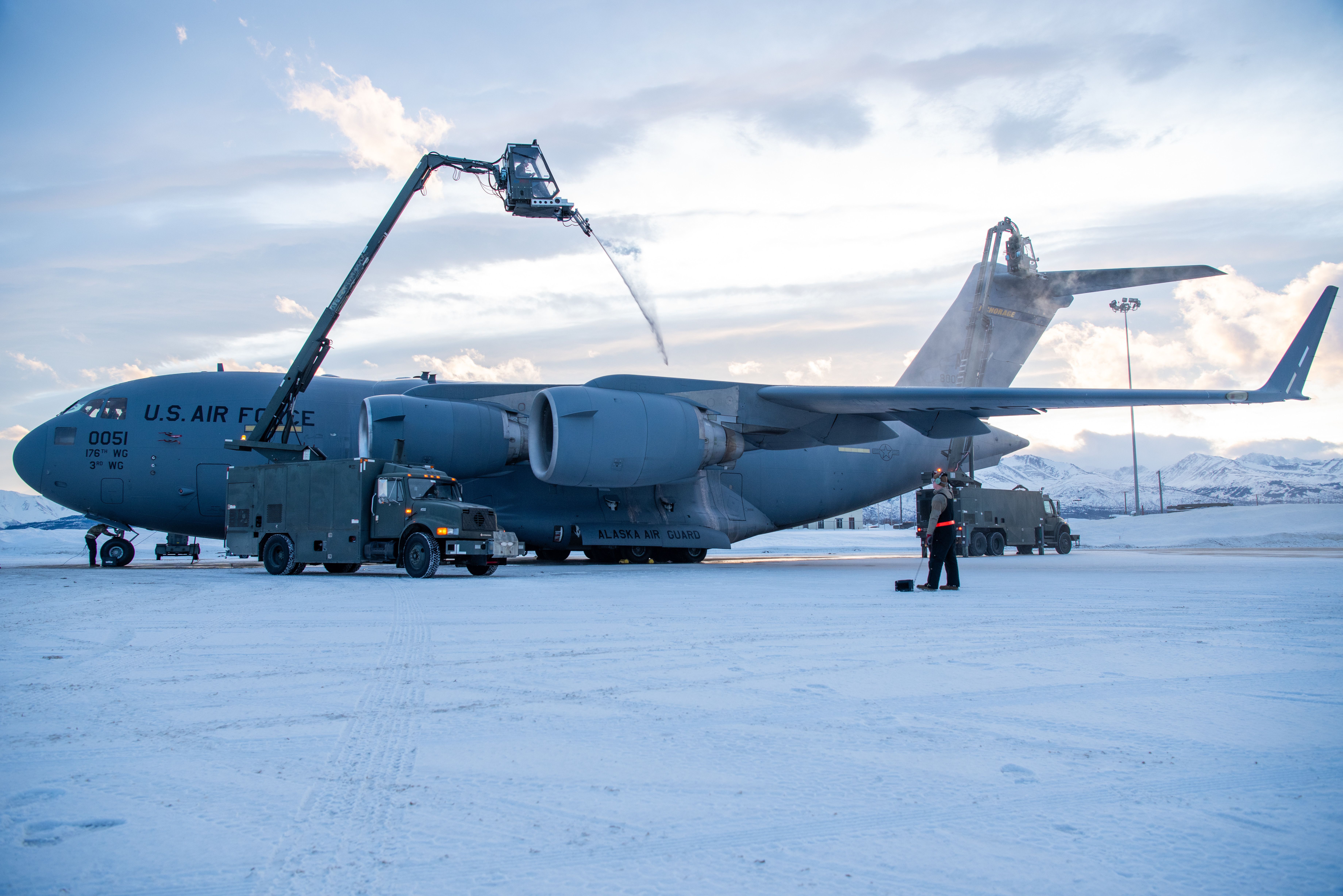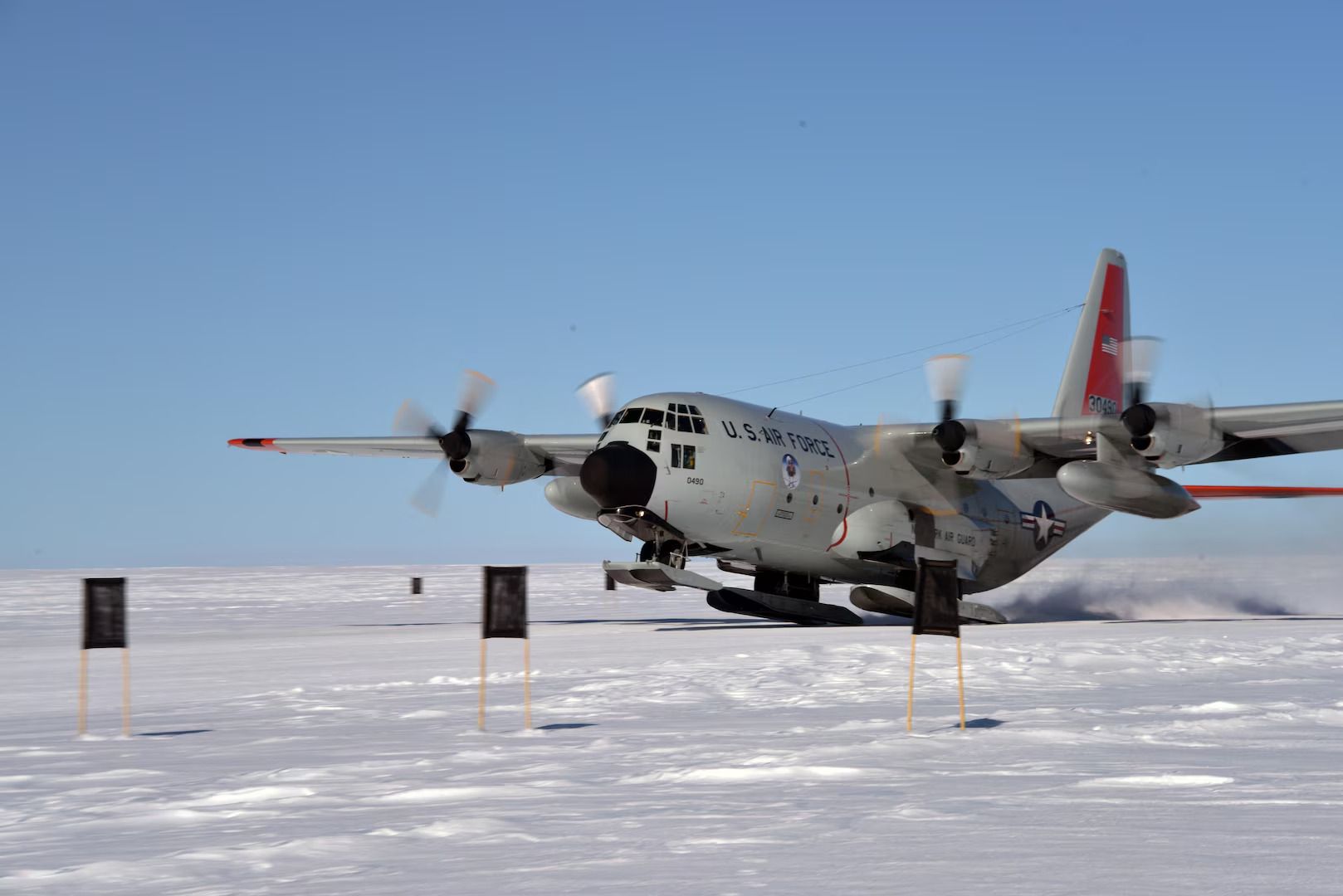Before we look at what United States military aircraft operate in the Arctic Circle, let’s define what it is and why it is vital to America and its Allies. The word “Arctic” is a combination of two Greek words: arktikos (near the bear) and arktos (bear). In Greek, it refers to the constellation Ursa Major, the “Great Bear,” or Ursa Minor, “Little Bear,” two of 48 constellations listed by Greek astronomer Ptolemy in the 2nd century AD.
The brightest star in Ursa Minor will be familiar to everyone in the North Star. Several factors determine the Artic Circles’ geographic boundaries. It reaches as far south as the northern coast of Iceland and includes land areas in the following counties:
- Canada
- The United States (Alaska)
- Greenland (Demark)
- Norway
- Sweden
- Finland
- Russian Federation
You will notice that all of these countries, except Russia, are members of the North Atlantic Treaty Organization (NATO).

Related
5 Fast Facts On Elmendorf Air Force Base: The Largest US Military Installation In Alaska
The Elmendorf Air Force Base provides support, including training to numerous squadrons.
The Arctic Circle
Home to the iconic polar bear and around four million Indigenous people, the Arctic Circle plays a vital role in balancing the Earth’s temperature. Its ice caps act as a massive reflector, bouncing some of the Sun’s rays back into space. Due to climate change, much of the sea ice has melted, meaning there is less ice to reflect the rays, raising the sea’s temperature.
As the ice melts, countries with territorial claims to the Arctic have begun what can only be described as a modern gold rush to strip the land of its bountiful natural resources. In addition to new commercial fishing opportunities, the Arctic has vast deposits of untapped oil, natural gas, and minerals, including rare earth metals. To put it into perspective, it is estimated that 16% of the world’s untapped oil and 30% of the world’s undiscovered gas lie beneath the Arctic Circle.
New shipping lanes
Due to climate change, scientists estimate that by the summer of 2035, ships will regularly be able to sail between Europe and Asia, eliminating the need to pass through the Panama or Suez Canal. By sailing through the Northwest Passage over the top of Canada or the Northeast Passage over the top of Russia, ships could eliminate thousands of miles from the traditional routes.
Photo: USAF
Over the past two decades, Russia has been increasing its Arctic military capabilities to grab more land and improve its claims. The chance of a conflict erupting over who owns what means that to mitigate a possible war, nations must have their militaries ready to make Russia think twice.
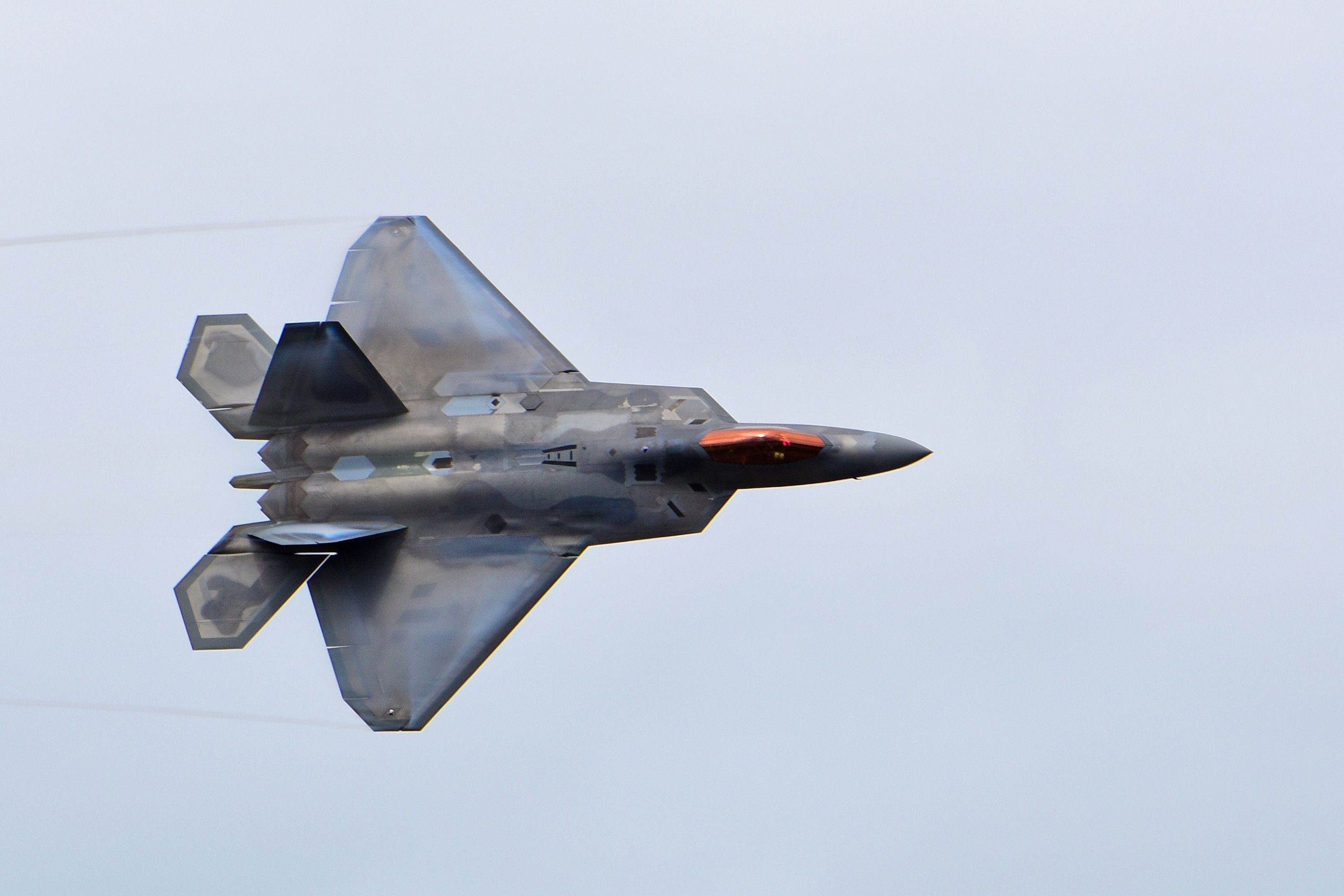
Related
US Defense Department Looks To UAVs & Space For New 2024 Arctic Strategy
The strategy calls for improved drones and space-based communication systems.
Alaska is partially in the Arctic Circle
Because of Alaska, the United States has a claim on the Arctic Circle, making the state vital to national security. Alaska is the closest place in the United States to the center of the Northern Hemisphere and is closer to the capitals of many Northern Hemisphere countries. From a military point of view, this makes Alaska the perfect platform from which to project American military might.
What military bases does the United States have in Alaska?
The United States has nine military installations in Alaska. Three are Air Force bases, three are Army bases, and three are Coast Guard bases. None of these nine are within the Arctic Circle, yet all men and women in the United States military participate in training exercises above it.
Photo: USAF
Eielson Air Force Base
The closest United States Air Force base to the Arctic Circle is Eielson Air Force Base, 26 miles southeast of Fairbanks. Named after polar pilot Carl Ben Eielson, the base is home to the 354th Fighter Wing assigned to the Eleventh Air Force of the Pacific Air Forces. The 354th operates the F-16 Fighting Falcon and the Lockheed F-35 Lightning II. Also based at Eielson is the 168th Wing and its Boeing KC-135 Stratotankers.
Joint Base Elmendorf-Richardson
Elmendorf Air Force Base is a joint-shared base with the United States Army located in Anchorage. Responsible for Alaska’s air defense and the support of forces in the Pacific. Home to the 3rd Wing, the base has squadrons of the following aircraft:
- McDonnell Douglas F-15 C/D
- McDonnell Douglas F-15 E
- Boeing E-3 Sentry
- Lockheed C-130 Hercules
- Beechcraft C-12 Huron
Clear Space Force Station
Situated 75 miles southwest of Fairbanks, Clear Space Force Station is home to a Ballistic Missile Early Warning System that detects incoming ICBMs and ballistic missiles launched from submarines.
United States bases not in Alaska but inside the Arctic Circle
Pituffik Space Base (Greenland)
Formerly known as Thule Air Base, it is the United States’ most northerly base, located 750 miles within the Arctic Circle. In 2023, it was renamed Pituffik Space Base to recognize Greenlandic cultural heritage and reflect its role in the United States Space Force. When speaking about the name change in a Space Force statement following a ceremony to mark the event on April 6, 2023, Chief of Space Operations US Space Force General Chance Saltzman said:
“Today is a day of great significance as we commemorate the renaming of Thule Air Base to Pituffik Space Base. This renaming represents our wish to celebrate and acknowledge the rich cultural heritage of Greenland and its people and how important they are to the sustainment of this installation against the harsh environment north of the Arctic Circle.”
The former Air Force Base has a 10,000-foot asphalt runway that allows all types of United States Air Force aircraft to supply the remote base with fuel, food, and equipment.
Photo: New York National Guard
An interesting fact about the Arctic Circle in Greenland is that it is home to the National Science Foundation, which has a research station on the Greenland ice cap. Each summer, the New York Air National Guard’s 109th Airlift Wing delivers essential supplies using Lockheed LC-130s equipped with skis so that they can land and take off on snow and ice. The LC-130s can also be fitted with four rockets on each side of the aircraft to assist with takeoff.

